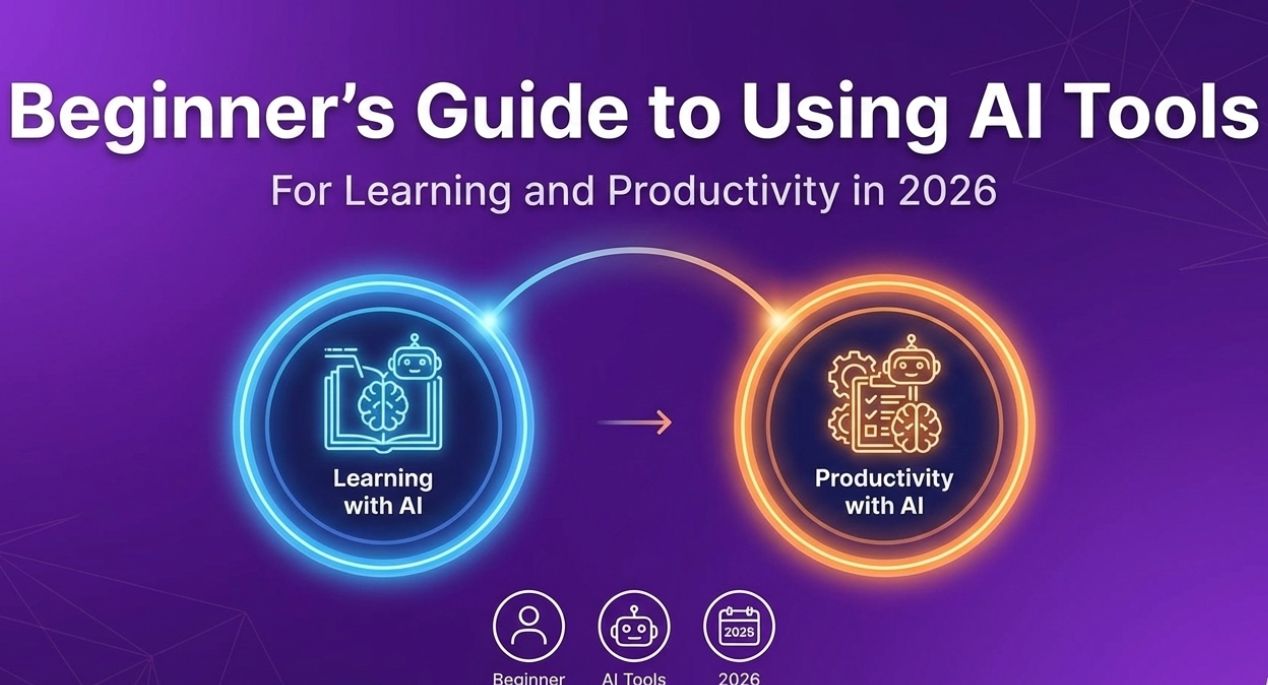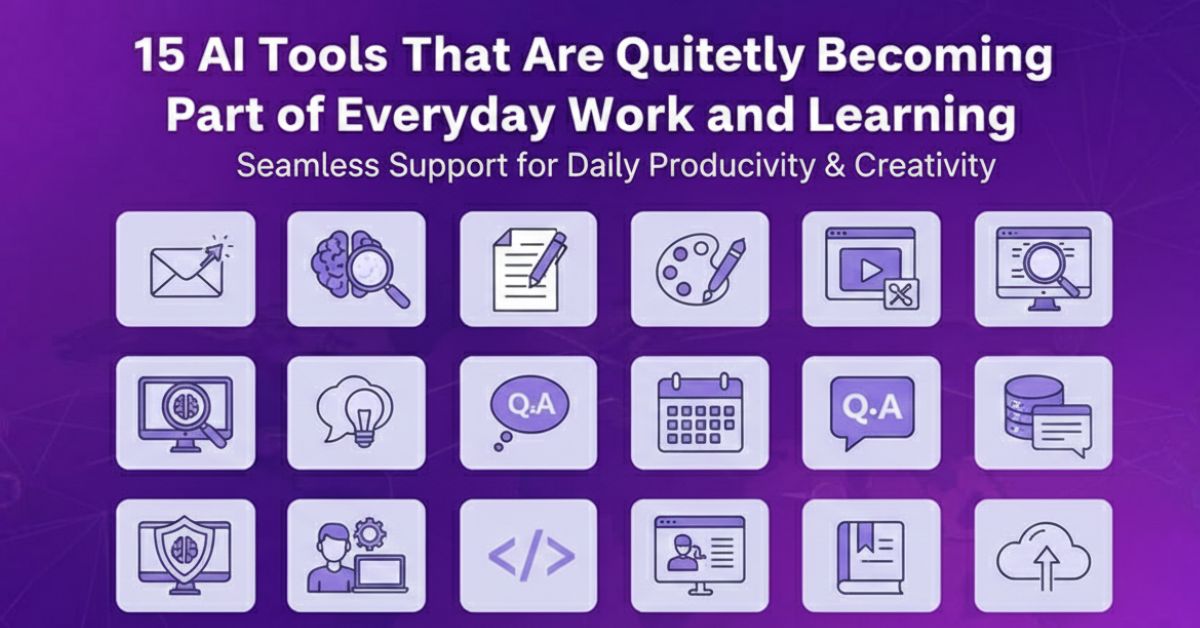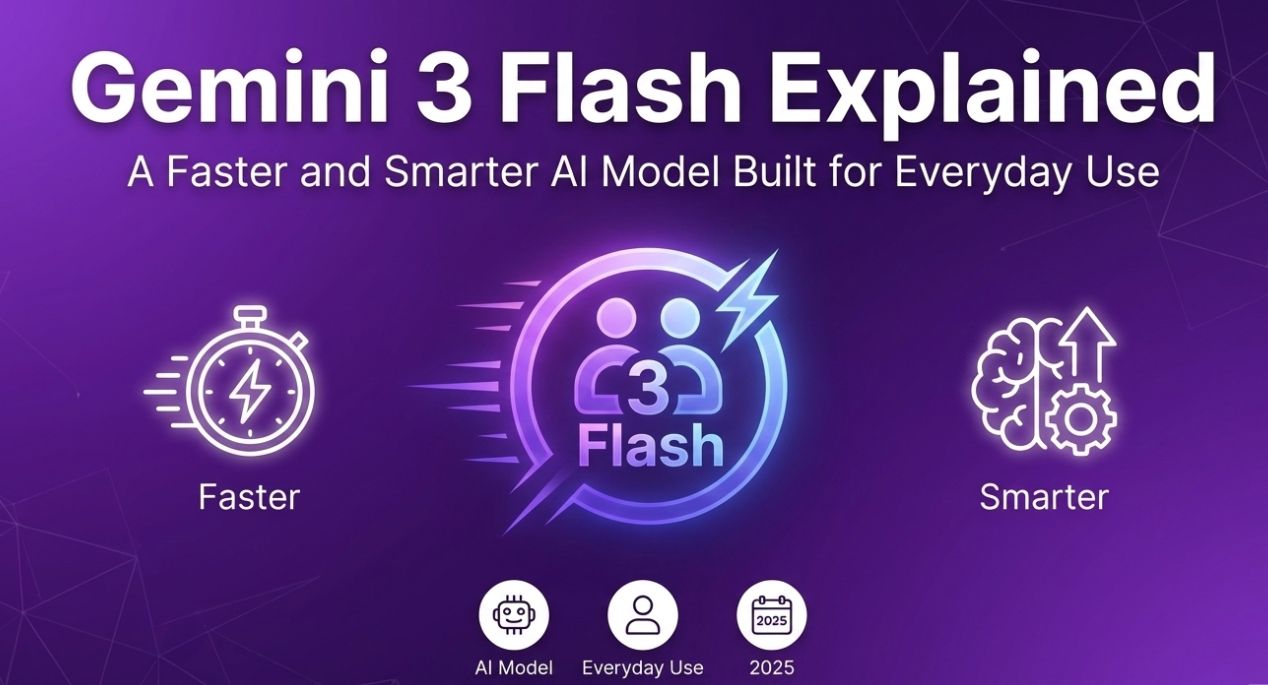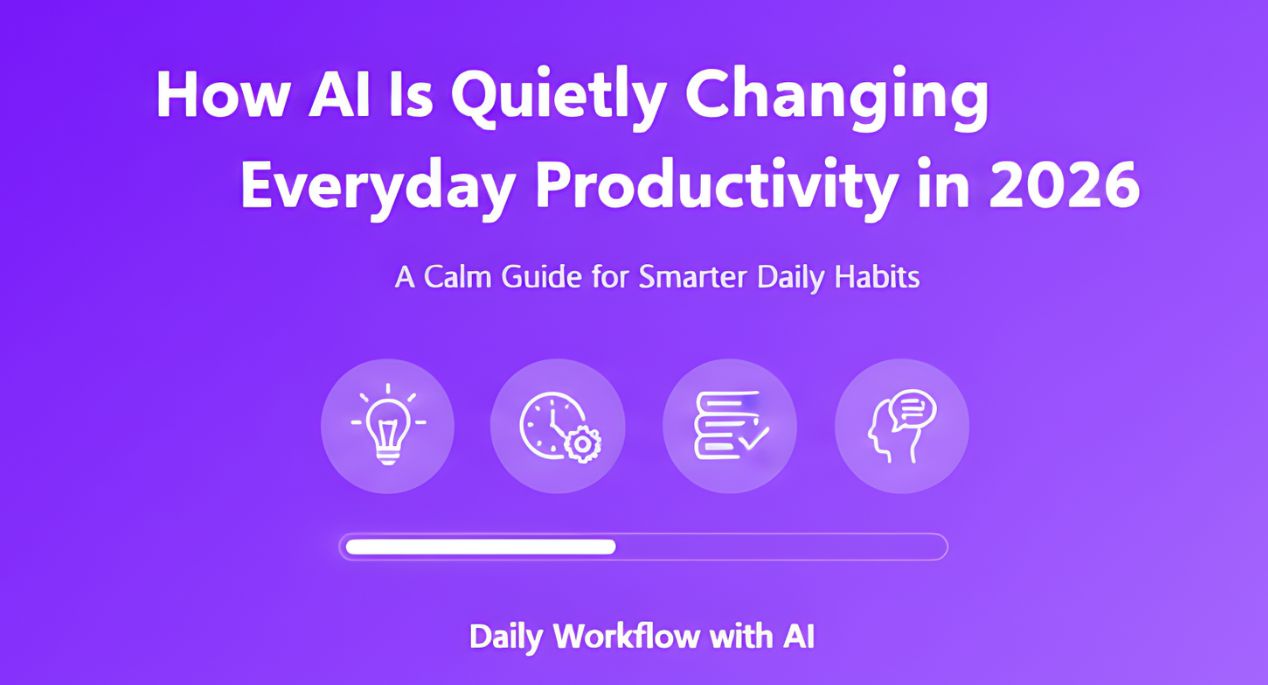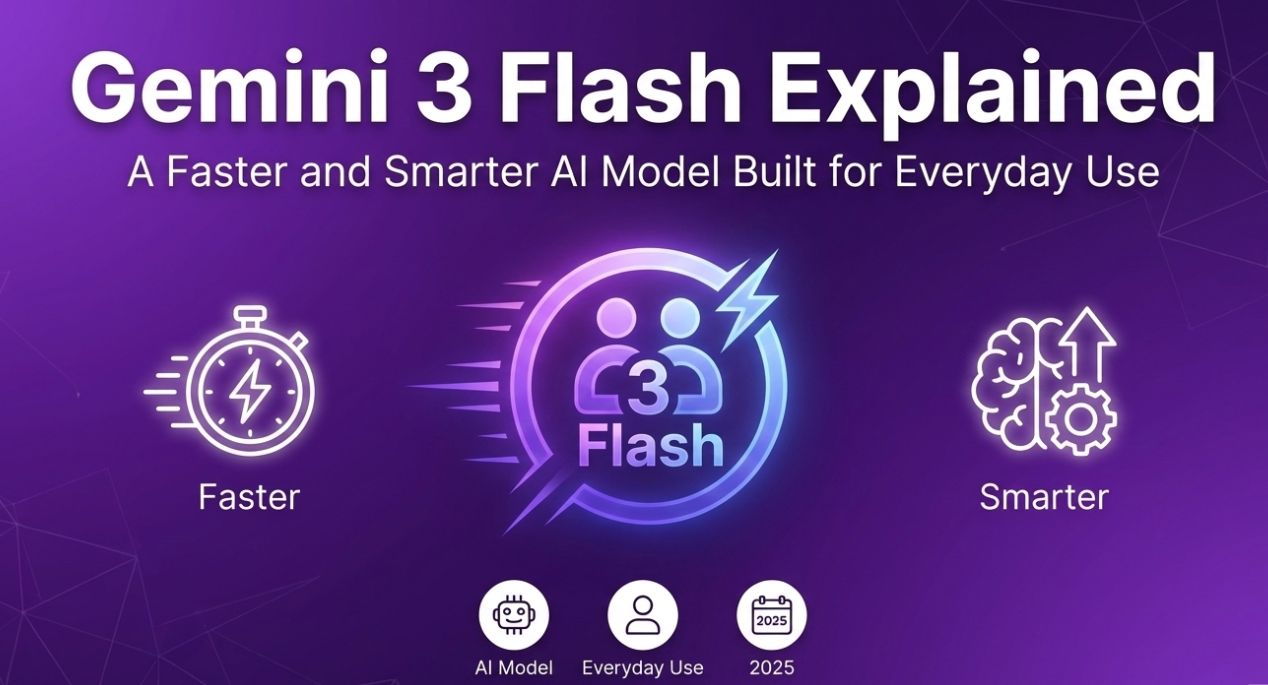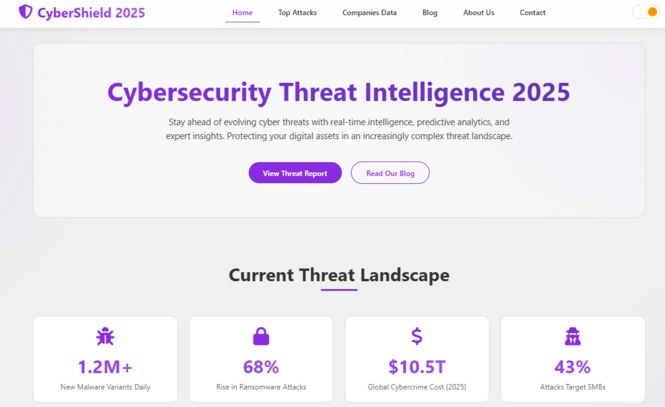
Forget everything you thought you knew about locking down your digital life. Firewalls and complex passwords? They’re just the basic locks on the door now. As we navigate 2025, the digital threats have gotten cunning, evolving faster than many traditional defenses can keep up. If your business isn’t actively using Cybersecurity AI Tools as its core shield, you’re essentially leaving the backdoor wide open. Having spent years immersed in the tech trenches, watching trends rise and fall, one thing screams louder than any alarm bell: AI isn’t just the future of security; it’s the indispensable present.
The sheer volume and sophistication of attacks – from hyper-personalized phishing to ransomware that mutates mid-attack – demand a smarter response. Human teams are incredible, but they can’t scale infinitely or watch every corner of the network every second. That’s where Cybersecurity AI Tools step in, not as replacements, but as tireless, hyper-vigilant partners. They bring the speed, pattern recognition, and predictive power needed to fight fire with formidable intelligence, fundamentally changing the security game for everyone, from solo freelancers to global enterprises. Understanding Cybersecurity AI Tools is no longer optional; it’s critical for survival in the digital age.
Artificial Intelligence in Cybersecurity: Beyond the Hype
Remember when security meant matching incoming threats against a giant list of known bad guys? That reactive approach is dangerously outdated in 2025. New, never-before-seen threats – zero-days, novel malware strains, sophisticated social engineering – emerge constantly. Traditional signature-based systems are blindsided by these. This is the core value proposition of Cybersecurity AI Tools: they learn. Instead of just checking lists, these intelligent systems ingest mountains of data – network traffic patterns, user behaviors, application logs, threat intelligence feeds – and learn what “normal” looks like for your specific environment.
Think of it like a seasoned security guard who knows every employee’s routine. A stranger acting suspiciously? They spot it instantly. Cybersecurity AI Tools do this digitally, continuously. They build complex behavioral baselines. When something deviates – an employee accessing sensitive files at 3 AM from an unknown location, a server suddenly encrypting data at lightning speed, network traffic spiking to a suspicious IP – the AI flags it instantly, often predicting malicious intent before the attack fully unfolds. Crucially, the best Cybersecurity AI Tools don’t just detect; they can automatically respond – isolating infected devices, blocking malicious traffic, or rolling back changes – at machine speed, far faster than any human team. They don’t get tired, they don’t miss subtle anomalies in log files, and they evolve, getting smarter with every attempted breach they encounter. This continuous learning loop is what makes modern Cybersecurity AI Tools truly revolutionary.
AI in Cybersecurity: 6 Tools That Will Protect Your Business
The landscape of Cybersecurity AI Tools in 2025 is rich and diverse, catering to every layer of defense. While the market is vast, several key categories are proving essential for robust protection:
- The Adaptive Sentry (AI-Powered Firewalls & IPS): Gone are the days of static rule sets needing constant manual updates. Modern firewalls and Intrusion Prevention Systems (IPS) infused with AI analyze network traffic in real-time. They learn the typical flow of data within your organization – who talks to whom, when, and how much. Any deviation from this learned baseline – unusual connection attempts, unexpected data transfers, protocol anomalies – triggers an immediate, adaptive response, blocking potential threats before they gain a foothold. These Cybersecurity AI Tools act like intelligent gatekeepers, constantly refining their understanding of legitimate traffic.
- The Deception Unmasker (AI-Driven Phishing & Fraud Detection): Phishing emails and fake websites have become terrifyingly convincing. AI-powered detectors analyze content, sender reputation, embedded links, website structures, and even subtle linguistic cues with superhuman precision. They spot the tiny inconsistencies – a slightly misspelled domain, a sense of urgency designed to bypass rational thought, image-based scams – that humans often miss, blocking malicious messages or warning users before they click. These Cybersecurity AI Tools are crucial frontline defenses against credential theft and fraud.
- The Insider Watchdog (User and Entity Behavior Analytics – UEBA): Not all threats come from outside. Malicious insiders or compromised accounts pose a significant risk. UEBA platforms powered by AI establish detailed behavioral profiles for every user and device. They learn normal access patterns, times, file interactions, and data volumes. Sudden, anomalous activity – like a marketing employee bulk downloading engineering schematics, or a privileged account accessing systems at unusual hours – triggers alerts or automated lockouts. These Cybersecurity AI Tools shine a light on risky behavior hidden within legitimate access.
- The Malware Terminator (Automated Threat Response & EDR/XDR): Endpoint Detection and Response (EDR) and Extended Detection and Response (XDR) platforms leverage AI as their core engine. When malware is detected – whether known or novel based on its malicious behavior – the system doesn’t just alert; it can automatically contain the threat. This might involve isolating the infected endpoint from the network, killing malicious processes, quarantining files, or even rolling back systems to a clean state. The speed of AI-driven automated response drastically limits the damage ransomware or spyware can inflict.
- The Cloud Guardian (AI for Cloud Security Posture Management – CSPM): As businesses move to AWS, Azure, Google Cloud, and others, misconfigurations become a top attack vector. AI-driven CSPM tools continuously scan cloud environments, comparing configurations against security best practices and compliance standards. They detect overly permissive storage buckets, exposed databases, insecure access keys, or vulnerable container settings, alerting teams or even auto-remediating issues before attackers exploit them. These Cybersecurity AI Tools provide essential visibility and control in complex cloud ecosystems.
- The Encryption Sentinel (AI-Managed Cryptography & Key Defense): Protecting data at rest and in transit is paramount. Modern Cybersecurity AI Tools are enhancing encryption strategies. AI systems can manage cryptographic keys more intelligently, automatically rotating them and detecting unusual patterns that might indicate brute-force attacks. They can also analyze data flows to ensure sensitive information is always encrypted appropriately and identify potential weaknesses in encryption implementation before they are exploited.
NVIDIA Cybersecurity AI Tools and Technologies: Powering the Speed of Defense
NVIDIA, synonymous with high-performance graphics, has become a powerhouse in the Cybersecurity AI Tools arena by 2025. The computational demands of real-time AI inference on massive data streams are immense. NVIDIA’s specialized AI chips (GPUs and DPUs) provide the raw horsepower needed. Their Morpheus cybersecurity framework is a standout example. By leveraging GPU acceleration, Morpheus enables security platforms to analyze all network traffic and logs in real-time, not just sampled data. This means identifying data leaks, anomalous behavior, or suspicious communications within seconds, not hours or days. The ability to apply complex AI models to full-fidelity data streams as they happen allows security operations centers (SOCs) to detect and respond to threats while the attack is still unfolding, dramatically shrinking the window of opportunity for attackers.
Furthermore, NVIDIA’s deep learning expertise and frameworks are integrated into numerous leading Cybersecurity AI Tools. These platforms utilize sophisticated AI models trained on vast, global datasets encompassing malware variants, phishing attempts, fraud patterns, and network attack signatures. This massive scale of training data gives AI systems powered by NVIDIA technology a significant edge in recognizing novel, emerging threats that haven’t yet been widely documented. For sectors handling immense volumes of sensitive real-time data – finance, healthcare, critical infrastructure, government agencies – NVIDIA’s accelerated computing infrastructure is increasingly forming the backbone of their AI-powered cyber defense strategies.
10 Examples of AI in Cybersecurity (Latest Research)
The practical applications of Cybersecurity AI Tools in 2025 are diverse and constantly evolving, driven by cutting-edge research:
- Zero-Day Hunting: AI analyzes software behavior and network interactions to identify anomalies that signal previously unknown vulnerabilities being exploited, proactively patching or blocking before widespread damage.
- Ransomware Interception: By learning normal file access patterns, AI spots the rapid, mass file encryption characteristic of ransomware in its earliest stages, triggering isolation and rollback before data is fully locked.
- Real-Time Financial Fraud Prevention: AI models monitor millions of transactions per second, spotting subtle, complex fraud patterns (like micro-transactions testing stolen cards or coordinated account takeovers) and freezing activity instantly.
- National Cyber Defense: Governments deploy AI at scale to monitor critical national infrastructure networks, detecting sophisticated state-sponsored attacks and coordinated cyber-terrorism campaigns targeting power grids or communication systems.
- Social Media Integrity: Platforms use advanced AI to identify and remove deepfakes, hate speech, coordinated inauthentic behavior (bot armies), and misinformation campaigns in near real-time, based on content, context, and propagation patterns.
- IoT Security Fortification: With billions of often insecure smart devices (from thermostats to industrial sensors), AI monitors their expected behavior, identifying deviations that signal compromise (e.g., a smart camera suddenly sending large data bursts) and isolating them.
- Supply Chain Risk Assessment: AI analyzes the security posture, vulnerability history, and code quality of third-party software vendors and hardware suppliers, providing automated risk scores for procurement decisions.
- Vulnerability Prioritization: AI helps overwhelmed security teams by analyzing detected vulnerabilities, correlating them with active threats, exploit availability, and potential business impact, highlighting the critical few needing immediate patching.
- Deception Technology Enhancement: AI dynamically creates and manages realistic, enticing fake assets (honeypots) within networks, learning from attacker interactions to improve detection and gather intelligence on their tactics.
- Security Automation Orchestration: AI acts as a “virtual analyst,” correlating alerts from multiple Cybersecurity AI Tools, investigating incidents by gathering context, and even recommending or executing standardized playbooks for common attack types.
Research consistently shows that organizations leveraging mature Cybersecurity AI Tools experience significantly reduced data breach costs (often cited at 70%+ reduction in impact costs) and slash response times by over 80%, turning potential disasters into manageable incidents.
AI-Powered Cybersecurity Tools: Enhancing Threat Detection – The Core Advantage
At the heart of every effective security strategy lies threat detection. In 2025, Cybersecurity AI Tools have transformed this from a reactive scavenger hunt into a proactive, contextual investigation. It’s not just about spotting malicious code; it’s about understanding the intent and context behind every action across the entire digital estate.
These tools operate at a scale and speed impossible for humans. They correlate events across network traffic, endpoint activities, cloud logs, and user behaviors in milliseconds. Anomalies that would be invisible needles in massive haystacks – a subtle beaconing signal to a command-and-control server, a slight deviation in API call sequences, a privileged user session exhibiting unusual lateral movement – are instantly flagged. Modern Cybersecurity AI Tools increasingly incorporate capabilities akin to virtual security analysts. These AI agents can investigate alerts, pulling in relevant context from various sources, propose likely root causes, suggest remediation steps, and even simulate potential attack paths to identify vulnerabilities before they are exploited (“breach and attack simulation”). This predictive power, born from continuous learning and massive data analysis, is the defining superpower of contemporary Cybersecurity AI Tools.
AI Security Tools: The Open-Source Toolkit – Democratizing Defense
A vibrant open-source ecosystem significantly fuels innovation and accessibility in Cybersecurity AI Tools for 2025. Developers, researchers, startups, and even budget-conscious enterprises leverage these powerful, community-driven resources:
- TensorFlow Security / PyTorch for Security: The foundational machine learning frameworks (TensorFlow, PyTorch) provide the bedrock for building custom detection models, analyzing malware, or developing anomaly detection systems.
- MLSecOps Frameworks: Projects like
MLFloworKubeflowadapted for security (often called MLSecOps) help manage the lifecycle of security ML models – from training and versioning to deployment and monitoring in production environments. - Open-Source Threat Intelligence Platforms (MISP): The Malware Information Sharing Platform (MISP) allows sharing of structured threat intelligence (indicators, tactics, campaigns). AI models can ingest this data to enrich detection and correlate internal events with global threat activity.
- Suricata / Zeek (Bro) with AI Plugins: These powerful open-source network security monitoring tools (IDS/IPS, network analysis) increasingly integrate with AI frameworks. Plugins allow using ML models for anomaly detection within network traffic flows analyzed by Suricata or Zeek.
- OSSEM (Open Source Security Events Metadata): This project provides a common schema for standardizing security event logs, making it vastly easier to train AI models on consistent data across different systems.
- AI-Powered Honeypots (e.g., Modern Honey Network extensions): Open-source honeypot frameworks are incorporating AI to create more dynamic, responsive decoys that better engage attackers and learn from their behavior.
- IBM’s Adversarial Robustness Toolbox (ART): While IBM offers commercial tools, ART is an open-source library specifically for researching and defending AI models themselves against adversarial attacks designed to fool them.
Final Thoughts from Faiz: Stay Ahead, Stay Safe
Looking back over the rapid evolution of the past few years, one truth is undeniable: cybersecurity in 2025 is fundamentally a battle of intelligence and speed. It’s no longer sufficient to simply react after the damage is done. The winning strategy hinges on prediction, prevention, and proactive defense – capabilities intrinsically woven into the fabric of modern Cybersecurity AI Tools.
From the adaptive sentries guarding our networks and the unmaskers defanging phishing scams, to the watchdogs spotting insider risks and the terminators neutralizing malware in milliseconds, AI provides the critical edge. Technologies like NVIDIA’s accelerated platforms power this real-time analysis, while open-source communities democratize access to cutting-edge techniques. The research is clear, and the real-world results are compelling: businesses embracing these Cybersecurity AI Tools suffer less damage, recover faster, and operate with greater confidence.
Whether you’re building the next big startup from your garage, managing a creative team online, or steering the IT strategy of a multinational corporation, investing in robust Cybersecurity AI Tools isn’t just a tech upgrade; it’s an existential imperative for protecting your data, your reputation, and your future. The threats are smarter than ever. Isn’t it time your shield was too? Don’t wait for the breach to be your wake-up call. Explore the landscape of Cybersecurity AI Tools, find the solutions that fit your needs, and empower your digital world with intelligent defense today. The future of security is here, and it’s powered by AI.
Essential Cybersecurity AI Tools at a Glance (2025)
| Tool Category | Core Function | Key AI Advantage | Example Use Case |
|---|---|---|---|
| AI Firewalls/IPS | Network Traffic Filtering & Intrusion Prevention | Learns normal traffic patterns; blocks anomalies in real-time without manual rules | Blocking novel C2 traffic disguised as legitimate cloud service calls |
| AI Phishing/Fraud Detectors | Email & Website Scam Identification | Analyzes content, sender, links, language for subtle signs of deception | Flagging highly personalized “CEO fraud” emails bypassing traditional filters |
| UEBA Platforms | User & Device Behavior Monitoring | Baselines individual behavior; flags insider threats or compromised accounts | Alerting when finance user suddenly accesses R&D servers at 3 AM |
| EDR/XDR w/ Automated Response | Endpoint Threat Detection, Investigation & Response | Detects malware behavior; automatically isolates endpoints & rolls back changes | Containing ransomware outbreak within minutes on first affected device |
| AI Cloud Security (CSPM) | Cloud Configuration & Compliance Monitoring | Continuously scans for misconfigurations; auto-remediates risks | Finding & fixing publicly exposed S3 buckets storing customer data |
| AI-Enhanced Encryption Mgmt | Data Protection & Cryptographic Key Security | Manages key lifecycle; detec |
FAQs About Cybersecurity AI Tools
Is there any AI tool for cyber security?
Yes, there are many AI tools that help detect and stop cyber threats before they happen. Google’s Big Sleep is one such tool—it recently blocked a real-world exploit before it launched 2. Other popular tools include Darktrace, CrowdStrike Falcon, and Vectra AI, which use machine learning to spot unusual behavior and prevent attacks.
What is AI used for in cyber security?
AI helps cybersecurity teams spot threats faster, like malware, phishing, or unusual user behavior. It can predict attacks before they happen by analyzing patterns and past incidents. AI also automates responses, blocking suspicious activity instantly to protect systems.
What are the 4 types of AI tools?
AI tools are grouped into four types based on how they think and learn:
Reactive AI: Acts only on current input—no memory or learning (like chess bots).
Limited Memory AI: Learns from past data to improve decisions (like self-driving cars).
Theory of Mind AI: Understands emotions and intentions—still in development.
Self-Aware AI: Has consciousness and self-understanding—not yet real.
What is the AI model for cybersecurity?
AI models for cybersecurity use machine learning to detect threats like malware, phishing, and unusual behavior. They analyze huge amounts of data in real time to predict and block attacks before they happen. Popular models include XGBoost, Random Forest, and deep learning tools used in systems like CrowdStrike and Darktrace
